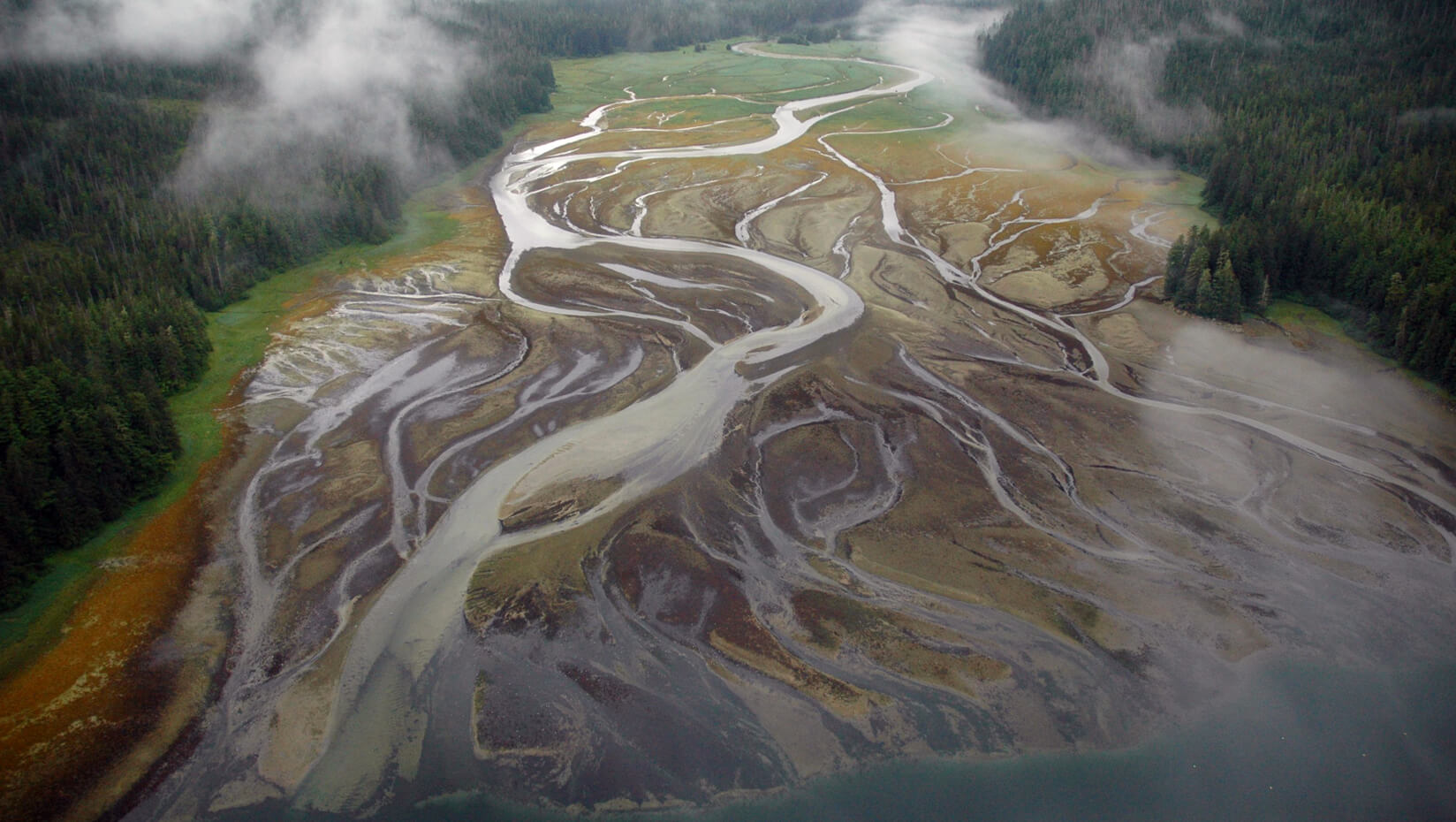
Climate change may increase blooming, but not the good kind
Marine scientists warn that the future may bring more harmful algal blooms (HABs) which could threaten wildlife and the economy, but that poor scientific understanding limits long-term forecasts.
Understanding algal blooms and how they will impact society was the focus of a four-day workshop — comprised of 11 marine science researchers from around the world — held in Spring 2013 at the University of Washington.
The findings of the international workshop were recently published in the journal Harmful Algae. The paper addressed current knowledge and research constraints concerning environmental conditions that favor initiation and maintenance of harmful algal blooms.
“There is growing concern among scientists that climate change may exacerbate this trend,” Mark Wells, professor of marine science at the University of Maine and lead author on the paper, says.
Although phytoplankton blooms normally fuel productive ecosystems, some blooms create very low oxygen concentrations in bottom waters, killing or driving out marine fish or benthic organisms. Other algal blooms produce potent neurotoxins that threaten ecosystems and human health.
Evidence suggests that these destructive blooms, called red tides in the past but more properly referred to as “harmful” algal blooms, are increasing in frequency and severity, possibly from human causes. The researchers observed that northward expansion of phytoplankton species could cause wider seasonal windows for HAB development, causing increased prevalence worldwide.
The combined effects of increasing temperature and atmospheric CO2 are affecting ocean surface temperatures, nutrients, light, and ocean water acidity, all of which affect marine ecosystems.
These factors influence not just the intensity of algal blooms but also their composition. Scientist hope to figure out whether climate change will enable harmful species to outcompete other phytoplankton.
“We are frustrated by the inadequate national research focus to determine the likelihood of these worst-case scenarios,” said Wells, who was an organizer for the workshop.
“It is critically important that we learn as much as possible, as precisely as possible, to fill the critical gap in knowledge between the current and the future phytoplankton community structure,” Charles Trick, professor at Western University, Canada, said.
The challenge is that the mechanisms driving the development of most HABs are only partially understood. “We need to build on and link our patchwork knowledge of HABs to the forecast patterns of climate change if we are to better prepare society for future HAB scenarios,” said Wells.
The intense toxic phytoplankton blooms off the west coast of North America this summer appear to be associated with unusual warming-related conditions. “Does this large scale harmful algal bloom provide a window into the future?” Vera Trainer, NOAA Northwest Fisheries Science Center, said. “While it still is unclear, there is reason for substantial concern.”
Participants in the workshop developed several urgent recommendations on research priorities including re-orientating research to study how harmful species interact in planktonic communities, focus more intensive study on key organisms, emphasize developing ecological and forecast models and strengthen linkages among global, national and regional observation programs.
“Past research has brought great understanding of individual HAB organisms — future work must concentrate on how these harmful species fit into their ecosystems,” said Trick. “It is the most significant coastal challenge facing society today.”
Although workshop participants were optimistic, they urged fundamental shifts in HAB research so that science can better inform public debate over climate change effects on the oceans, rather than just seeking to explain destructive patterns after they develop.
The workshop was organized by the North Pacific Marine Science Organization (PICES) and the Global Ecology and Oceanography of Harmful Algal Blooms (GEOHAB). It’s findings were endorsed by the International Council for the Exploration of the Sea.
The workshop was funded by the North Pacific Marine Science Organization, U.S. National Office for Marine Biotoxins and Harmful Algal Blooms, Woods Hole Oceanographic Institution and SCOR-IOC Global Ecology and Oceanography of Harmful Algal Blooms.
Contact: Amanda Clark, 207.581.3721; Mark Wells, 207.581.4322
